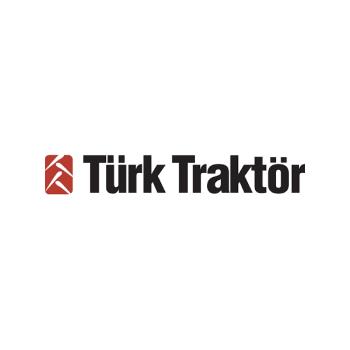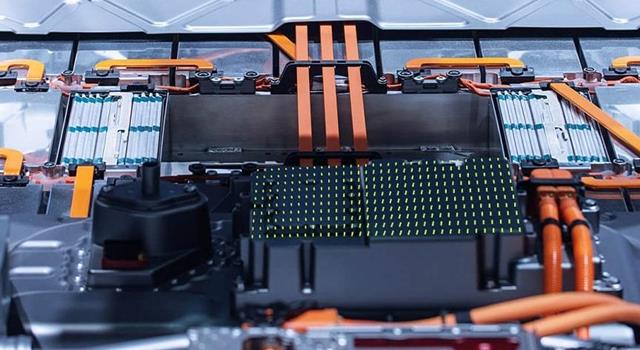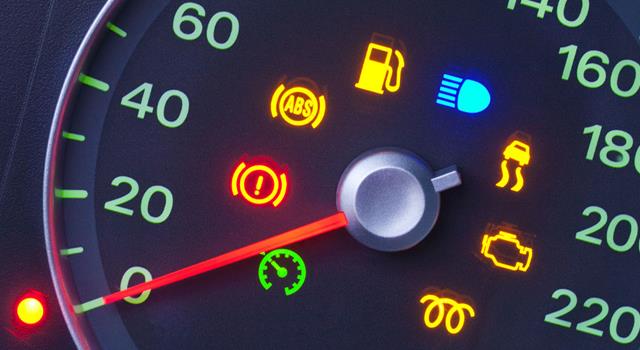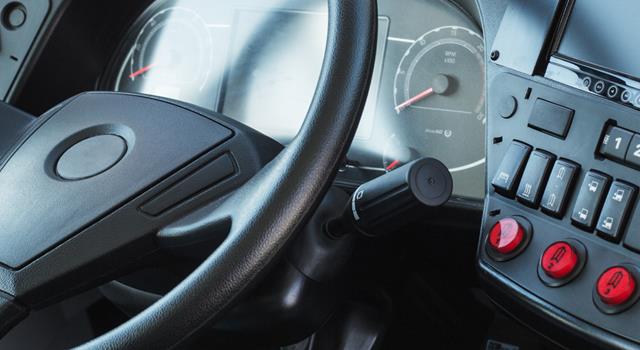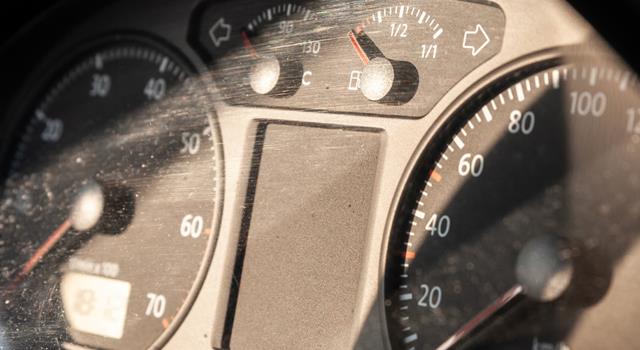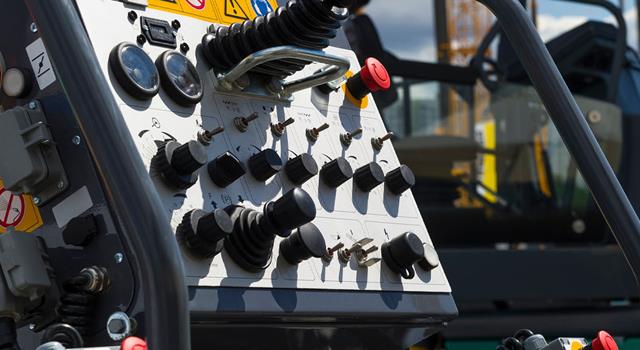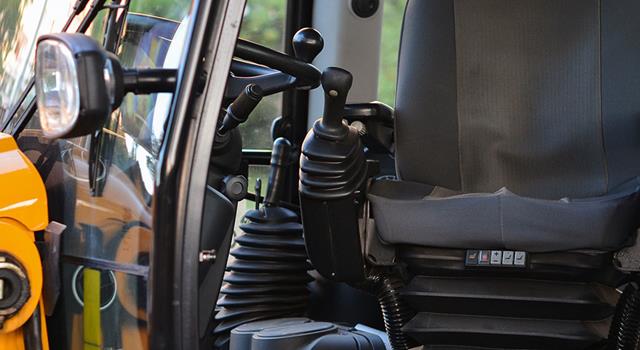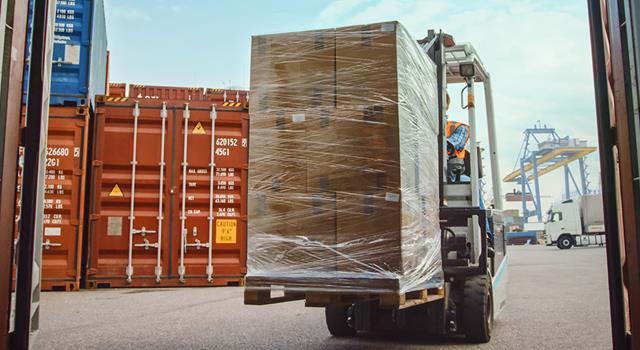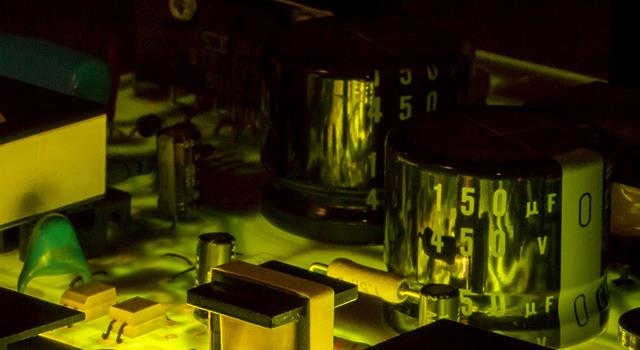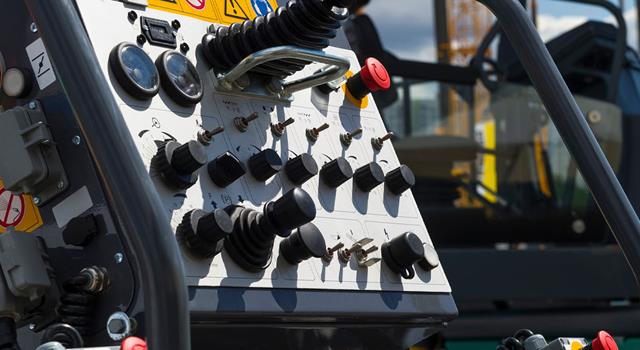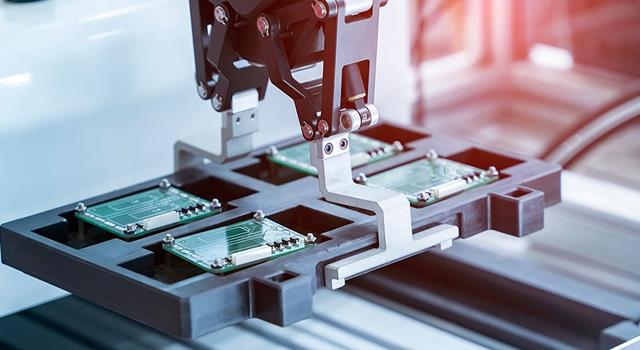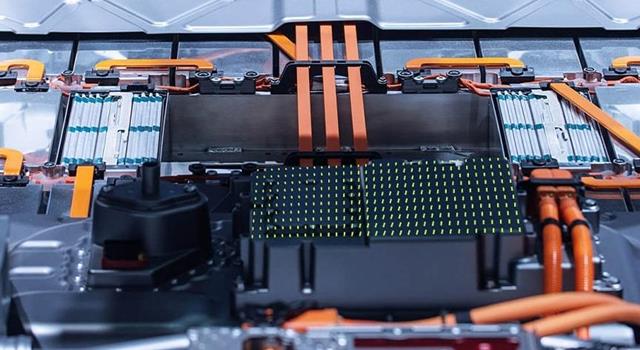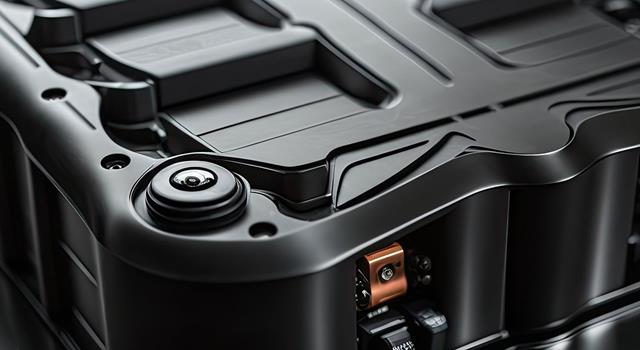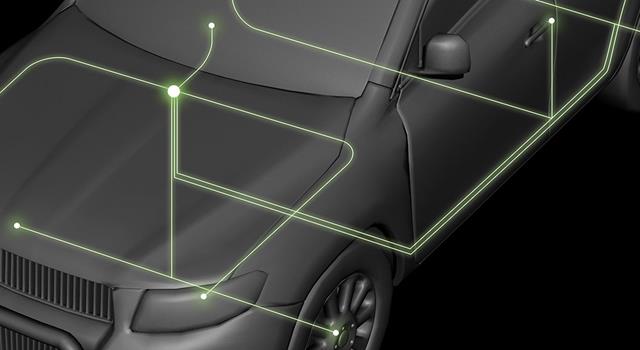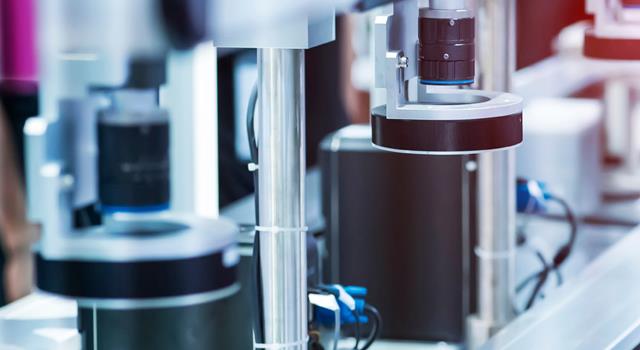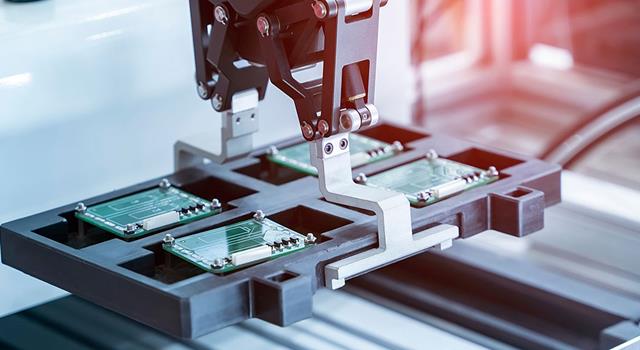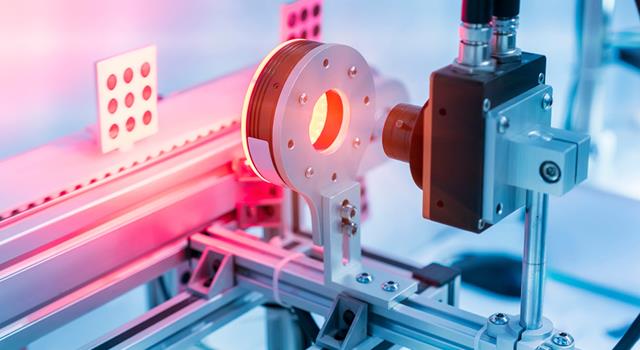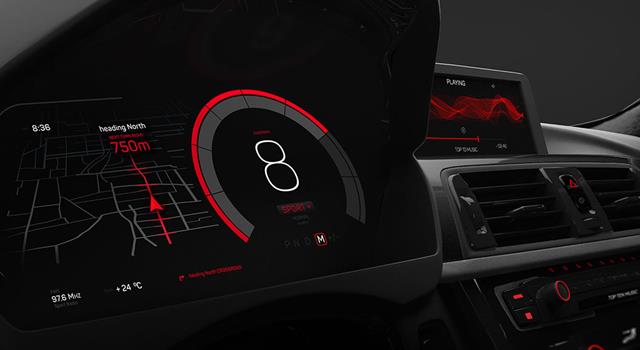In the world of automotive instrumentation, the transition from analog to digital instrument clusters marks a pivotal shift in how we interact with and gather information from our vehicles. Bestaş, a trailblazing digital instrument cluster manufacturer has been at the forefront of this evolution, redefining the driving experience with its state-of-the-art digital instrument clusters. Let's explore the stark differences between these two technologies and discover why digital clusters have become the new standard.
1. Visual Presentation and Customization:
Analog Clusters:
Analog instrument clusters rely on mechanical indicators such as needles and dials to convey information. While they serve their purpose, their limited visual flexibility often restricts the amount of data they can display. This can lead to a cluttered appearance and the potential for important information to be overlooked.
Digital Clusters:
Bestaş's digital instrument clusters employ high-resolution screens that provide a canvas for an immersive visual experience. Unlike analog counterparts, digital clusters allow for dynamic visualization of data. This includes the ability to display intricate graphics, animations, and customizable layouts that put essential information front and center. Drivers have the freedom to configure the cluster to their preferences, ensuring that the most relevant information is readily available.
2. Information Density and Real-Time Updates:
Analog Clusters:
Analog gauges typically focus on displaying a limited set of core information, such as speed, fuel levels, and engine temperature. Additional data might require supplementary gauges, which can result in a cluttered dashboard and compromised readability.
Digital Clusters:
Bestaş's digital clusters excel at presenting a wide range of information simultaneously. From navigation guidance and entertainment details to safety alerts and vehicle diagnostics, all critical data can be consolidated into a single, easily accessible display. Real-time updates keep drivers informed about their vehicle's status, enabling them to make informed decisions while on the road.
3. User Interactivity and Adaptability:
Analog Clusters:
Analog gauge clusters are generally static in nature, with fixed indicators and limited room for adaptability. Customization options are often limited to simple adjustments like brightness and contrast.
Digital Clusters:
Bestaş's digital clusters prioritize user interactivity and adaptability. Drivers can personalize the layout, color schemes, and priority of displayed information. This adaptability extends to different driving modes, where the cluster can alter its appearance to suit various contexts, such as sport mode or eco mode.
4. Integration with Advanced Features:
Analog Clusters:
Analog clusters lack the inherent connectivity required to seamlessly integrate with advanced driver assistance systems, connectivity features, and predictive analytics.
Digital Clusters:
Bestaş's digital clusters act as a hub for integrating cutting-edge technologies. They seamlessly connect with driver assistance systems, allowing real-time feedback on lane departure warnings, collision alerts, and more. The clusters can also serve as a conduit for communication with external devices and software updates, ensuring that vehicles remain up to date and relevant.
In the dynamic landscape of automotive innovation, the transition from analog to digital instrument clusters is nothing short of transformative. Bestaş's expertise in digital cluster solutions has paved the way for the creation of digital clusters that not only provide information but also elevate the driving experience to unprecedented levels. As the automotive industry continues to evolve, Bestaş remains dedicated to pushing boundaries and setting new benchmarks for the vehicles of tomorrow.
